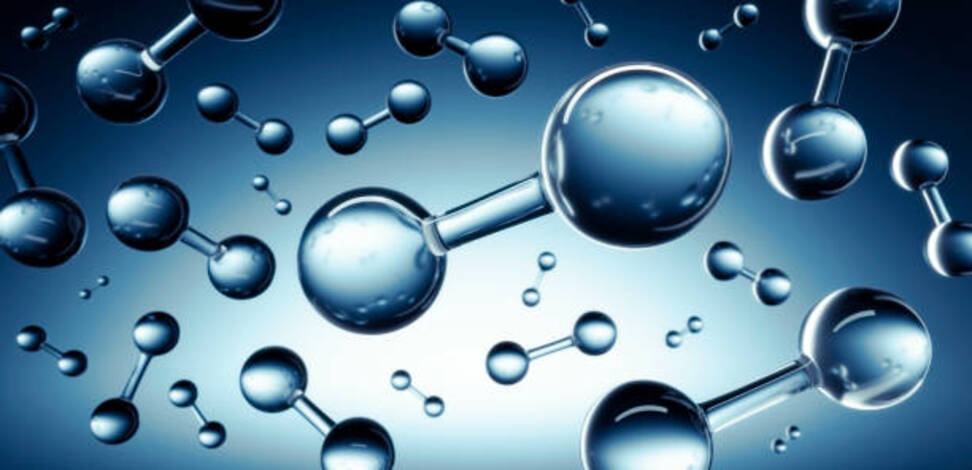Hydrogen as a fuel still receives a lot of interest. This is especially true now that the United States is introducing new federal incentives to encourage the use of greener H2-generating techniques. There are several reasons why the current influx of blue and green hydrogen project proposals is concerning. It is so, particularly for communities that practice environmental justice, as Clean Energy Group has outlined.
There are many concerns about producing H2. One of them is the pervasive greenwashing of hydrogen.
Greenwashing of hydrogen
Greenwashing refers to the practice of making false or misleading claims about the environmental benefits of a product or service. In the case of hydrogen, there has been a growing concern that the fuel is being marketed as a “green” energy source despite its significant environmental impacts.
One of the main issues with H2 is that they typically produced it from natural gas. Production goes through a process called steam methane reforming. This process produces significant amounts of carbon dioxide. Carbon dioxide is a greenhouse gas and a major contributor to climate change. While there are some methods for producing hydrogen from renewable energy sources, such as electrolysis, these methods are currently more expensive and less developed than steam methane reforming.
Is hydrogen zero-emissions fuel?
Another concern is that hydrogen promotion is often like a “zero-emission” fuel. But this is not entirely accurate. It is true that H2 fuel cells do not emit carbon dioxide when they are used to power vehicles or other equipment. But, the production and transportation of H2 can produce significant emissions. Additionally, the transportation and storage of H2 are often in a state of compressed gas. This kind of storage can be dangerous and can lead to leaks and spills.
We can also see the greenwashing of H2 in the way the companies market it as a “clean” and “renewable” energy source without adequately addressing the challenges and limitations of H2 production and use. This can create confusion and false expectations among consumers, policymakers, and investors. Also, it can lead to significant investments in hydrogen infrastructure and technology that may not be sustainable in the long term.
It is green if it meets environmental impacts
Still, hydrogen can be a valuable addition to the energy mix, especially when produced from renewable energy sources. However, it should not be promoted as a “green” energy source without addressing the environmental impacts and limitations of H2 production and use. Evaluation and marketing of H2 must be transparent. It must be honest so that we can make informed decisions about its role in the transition to a low-carbon economy.
Myths fueled by the fuel industry
There are fossil fuel industry myths used in greenwashing irresponsible hydrogen projects.
One of them is that H2 is emissions-free. As we said, burning hydrogen does not result in the production of carbon dioxide (CO2). But it does result in significant volumes of the air pollutant nitrogen oxide (NOx). When burning hydrogen, it emits six times as much NOx as natural gas.
The other myth is that H2 helps meet decarbonization goals. Renewable energy powers the process of electrolysis to produce green hydrogen. Producers must turn green hydrogen back into electricity since electrolysis consumes a significant amount of energy.
Green hydrogen may have highly particular use in hard-to-decarbonize industries like aviation. But it is also a significant energy consumer that competes with renewable energy. It could be used to reduce grid carbon emissions directly.
Blending hydrogen in already-existing pipelines is safe (not!)
Through a process termed embrittlement, H2 can break steel pipelines even at extremely low levels of the mixture, causing explosions and significant amounts of leakage. So, blending hydrogen in already existing pipelines is not safe.
Also, the myth is that hydrogen saves money. Compared to natural gas, H2 acts extremely differently. Producers do not design the majority of pollution control devices in natural gas power plants to manage high amounts of hydrogen, in addition to the pipeline concerns already discussed. This means that, save from very low levels of blending, any current infrastructure will need extensive modification in order to use H2 properly. That’s not cheap.
Since H2 is an indirect greenhouse gas that prolongs the atmospheric lifetime of methane, it does not cause global warming per se. But hydrogen leaks a lot. It is so because its tiny molecules are so fragile. According to a recent study, worldwide H2 leakage rates might increase by 6.5% by 2050, causing the atmosphere to warm to the equivalent of 100 million to 200 million tons of CO2.

